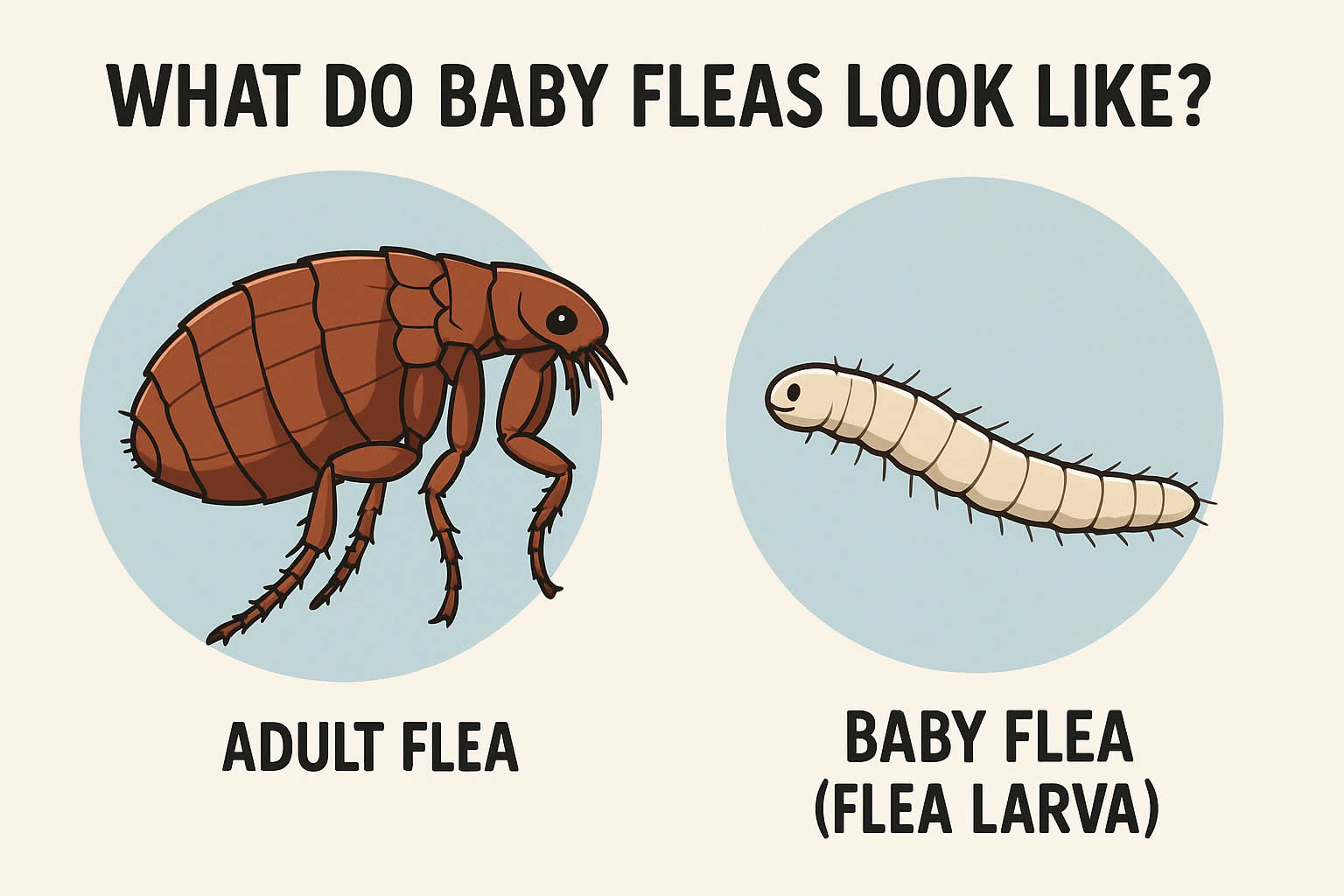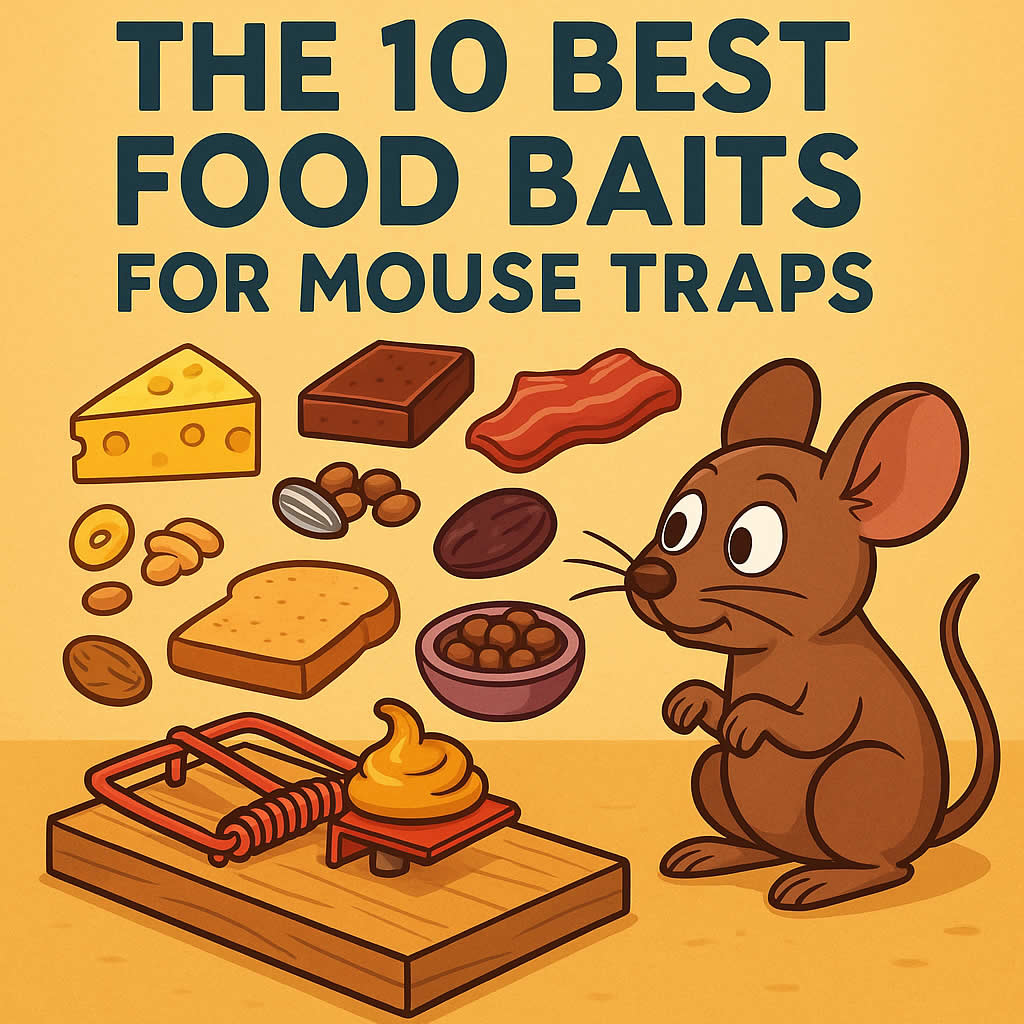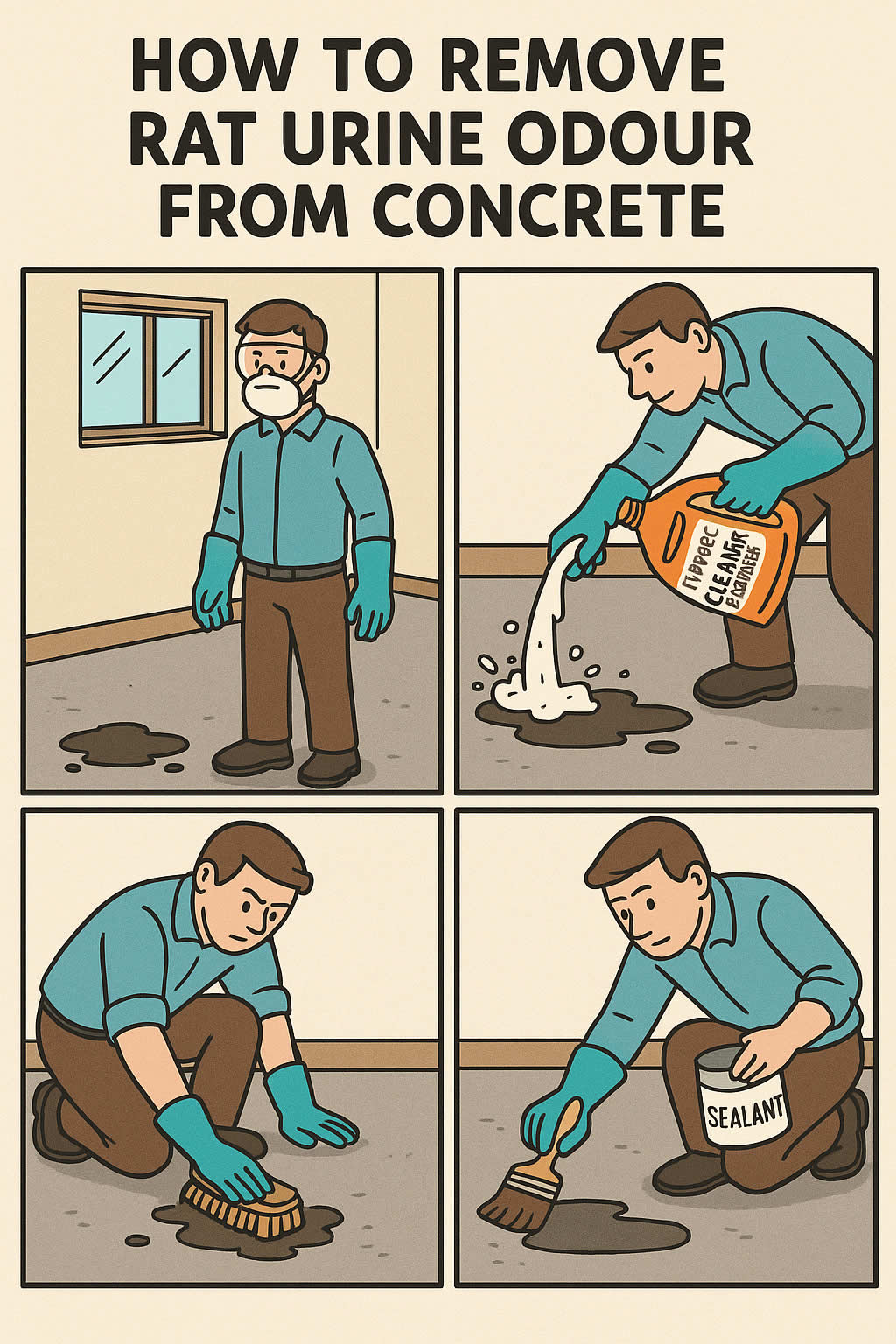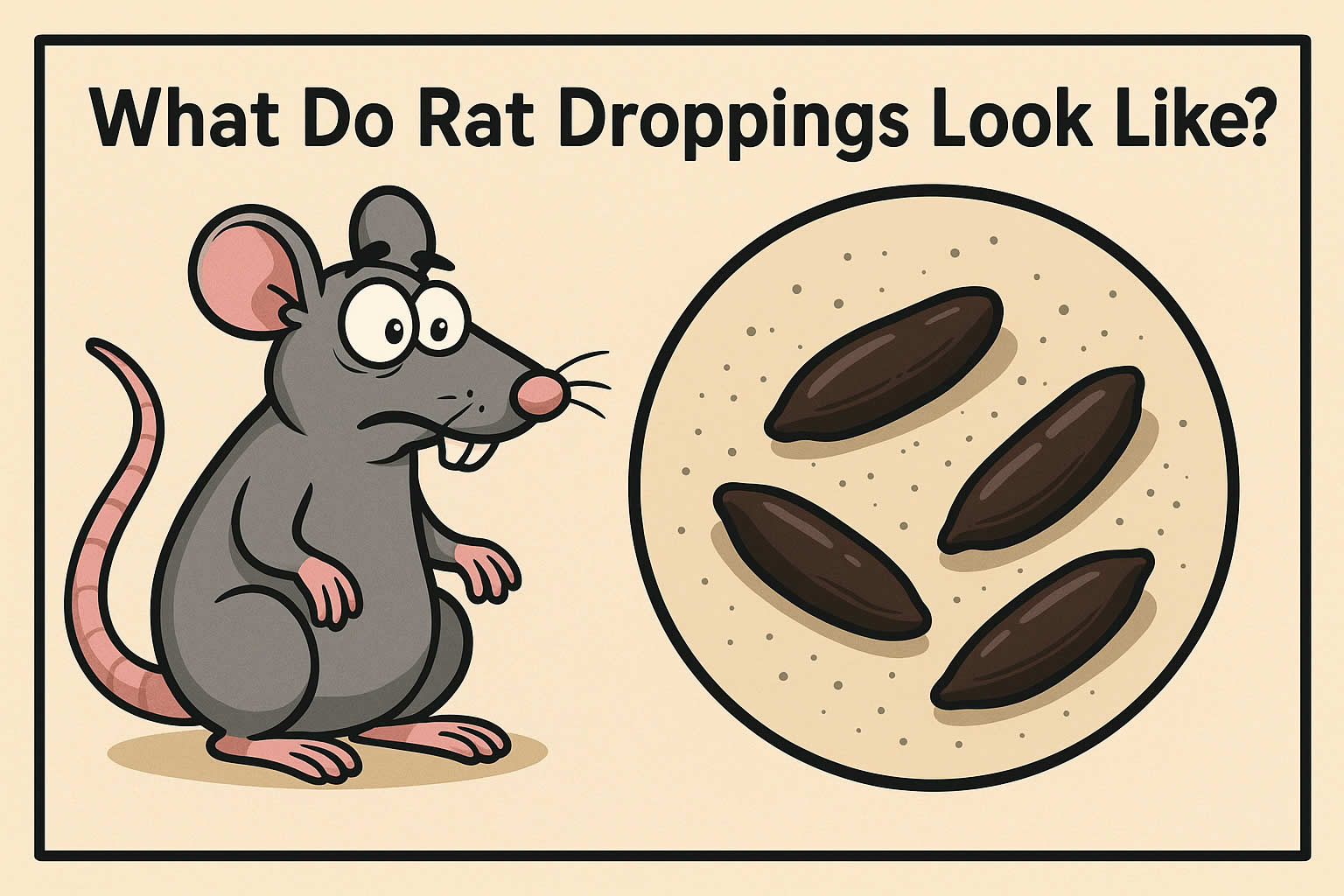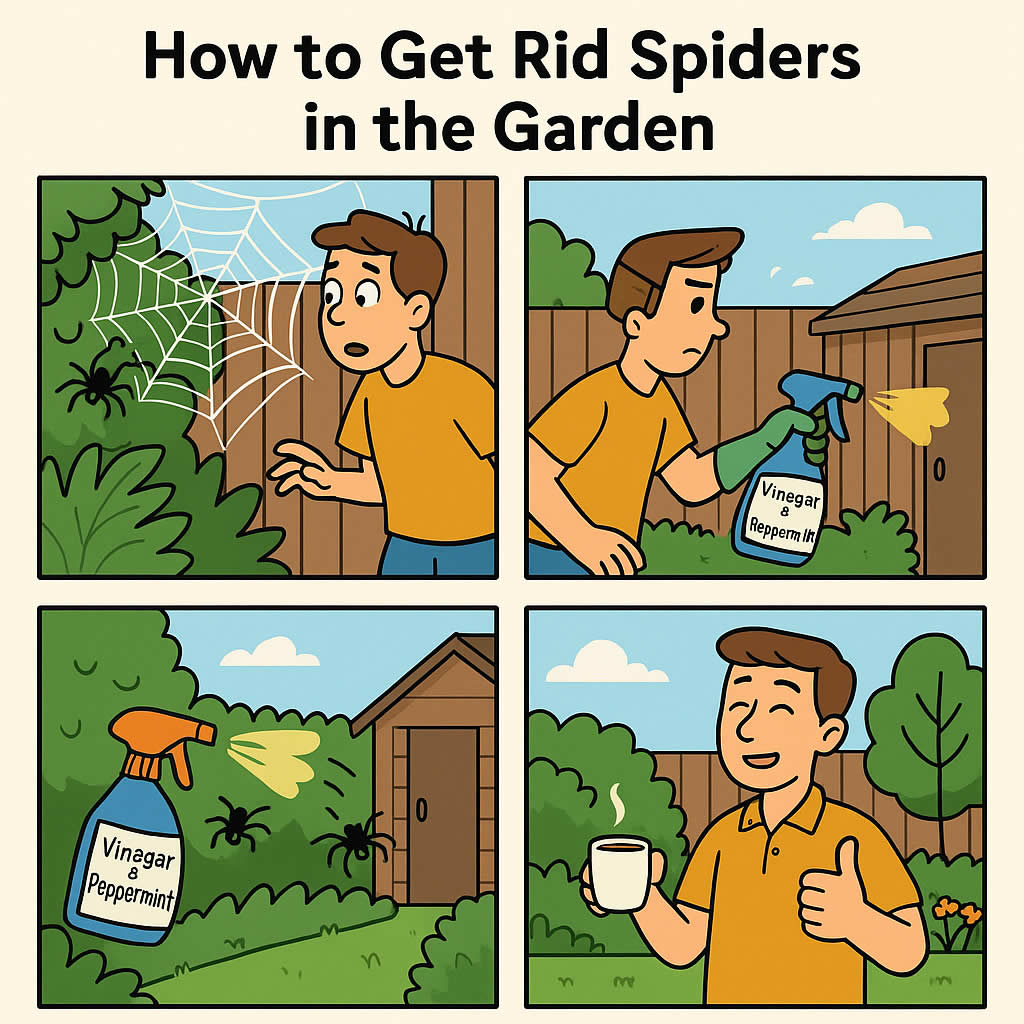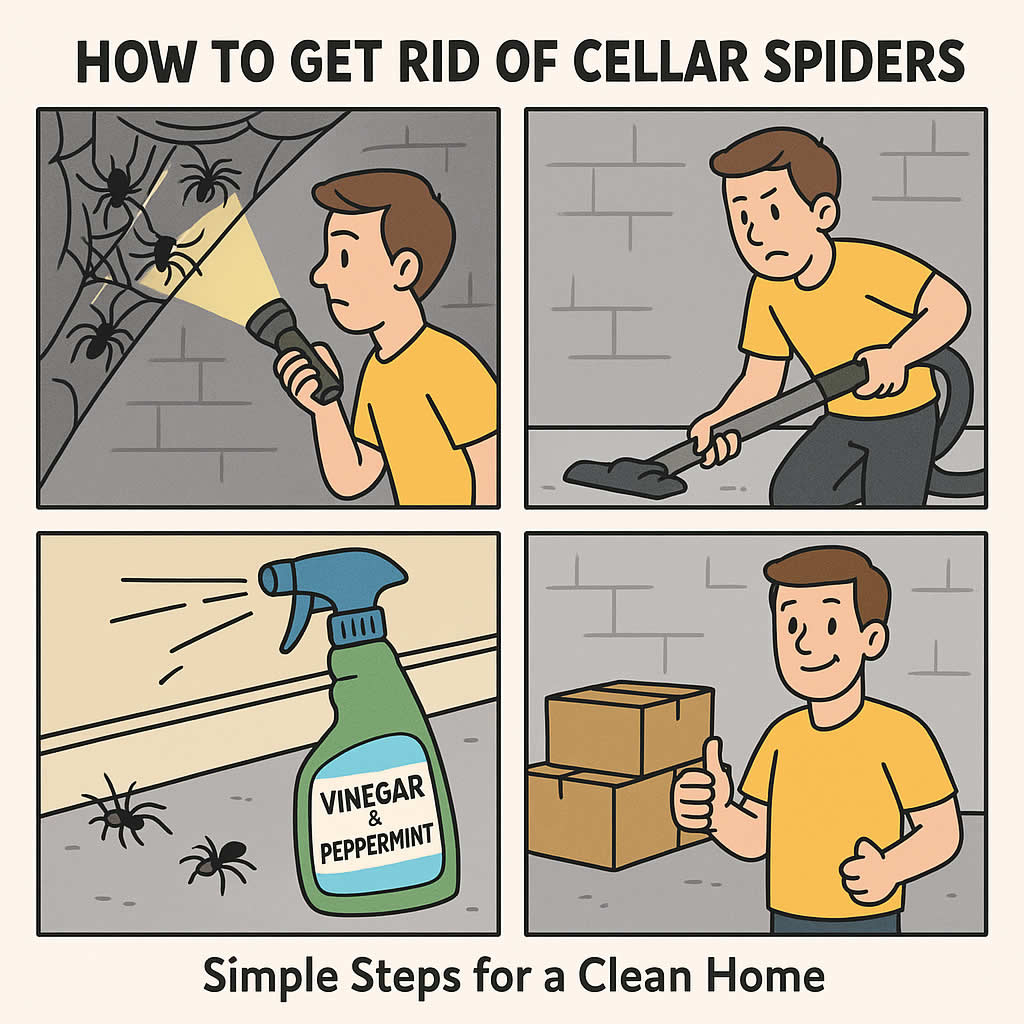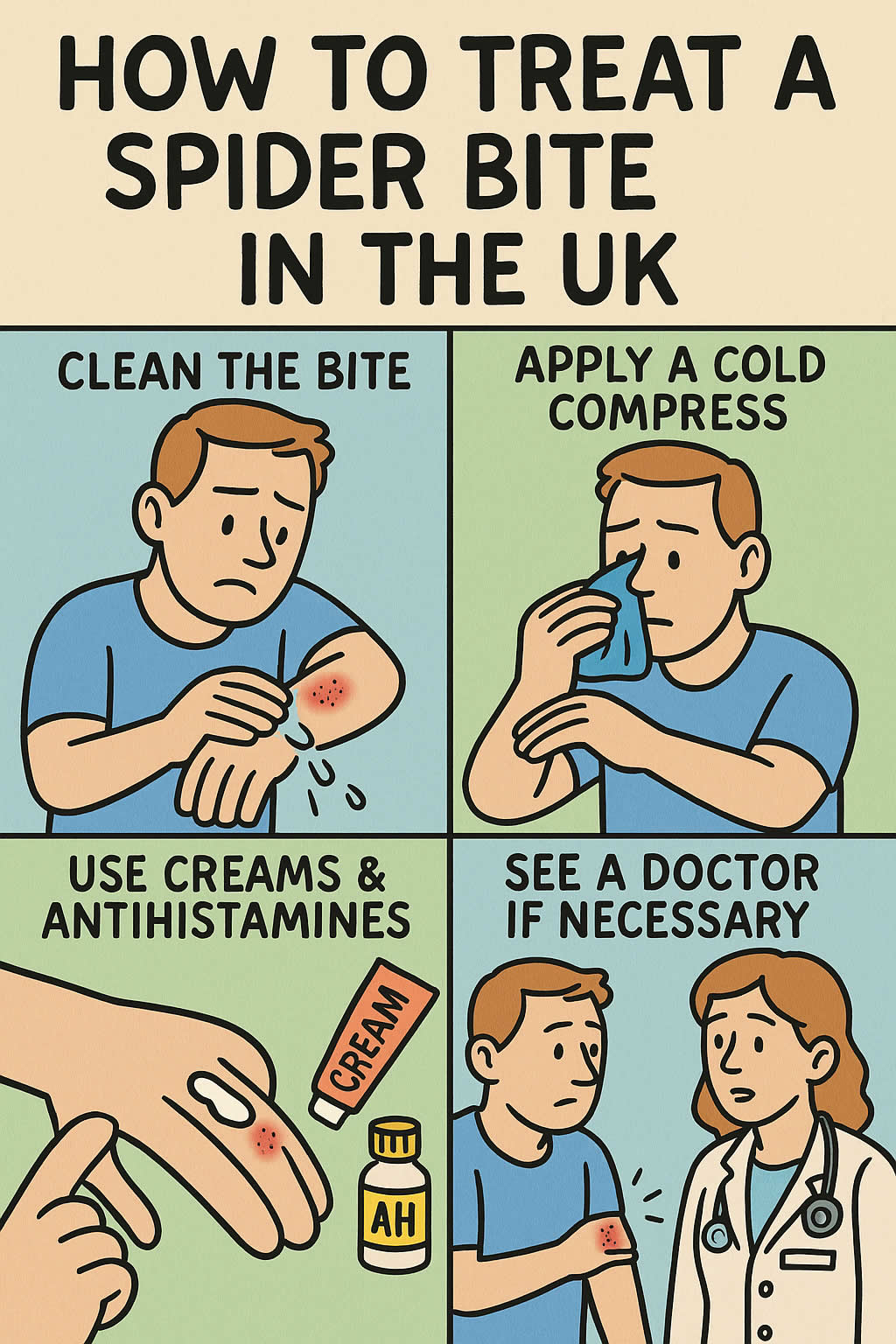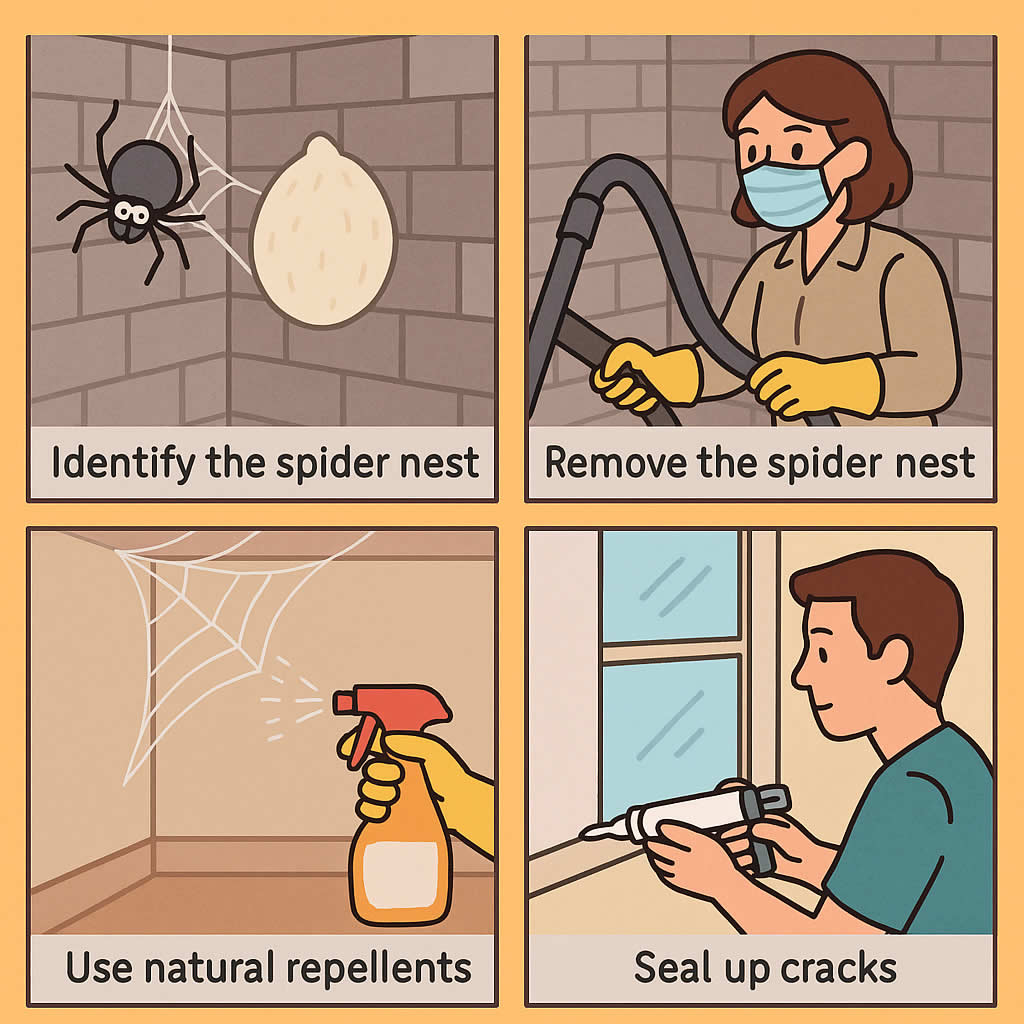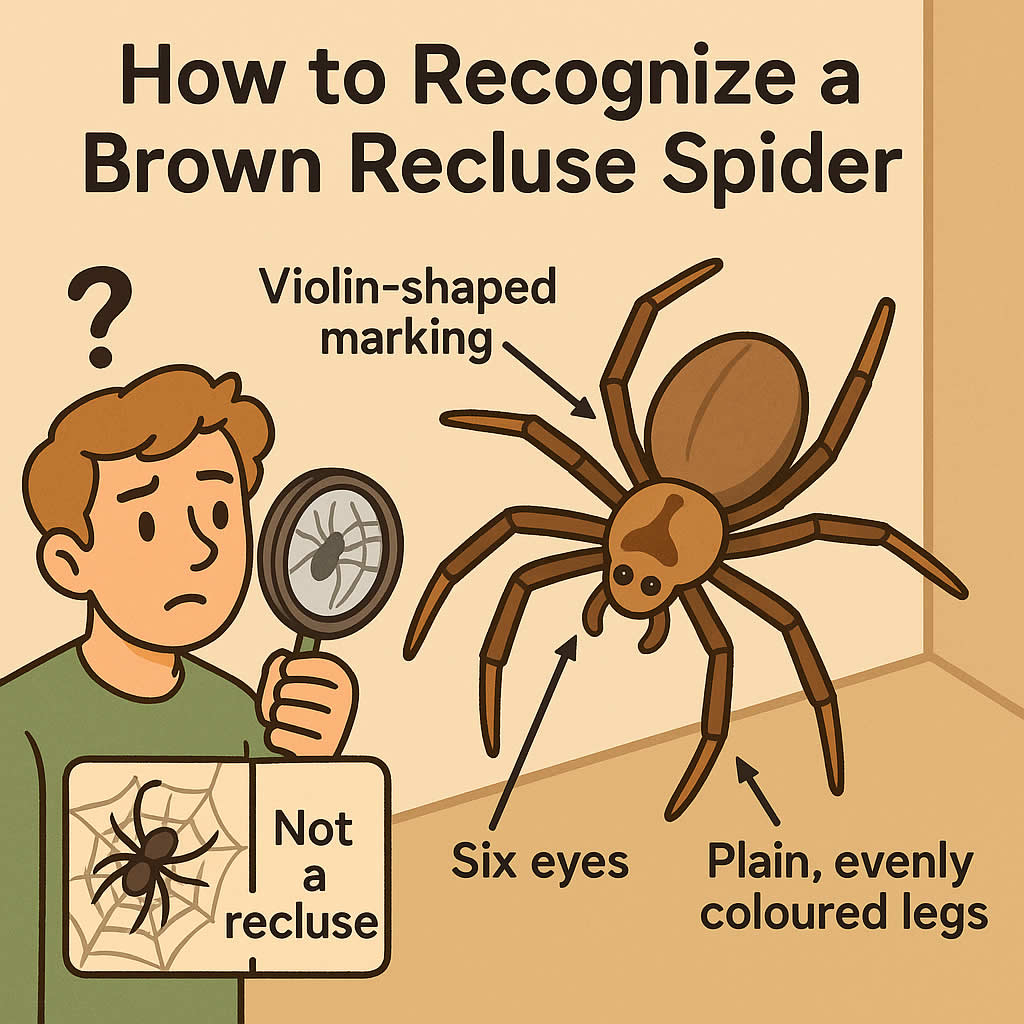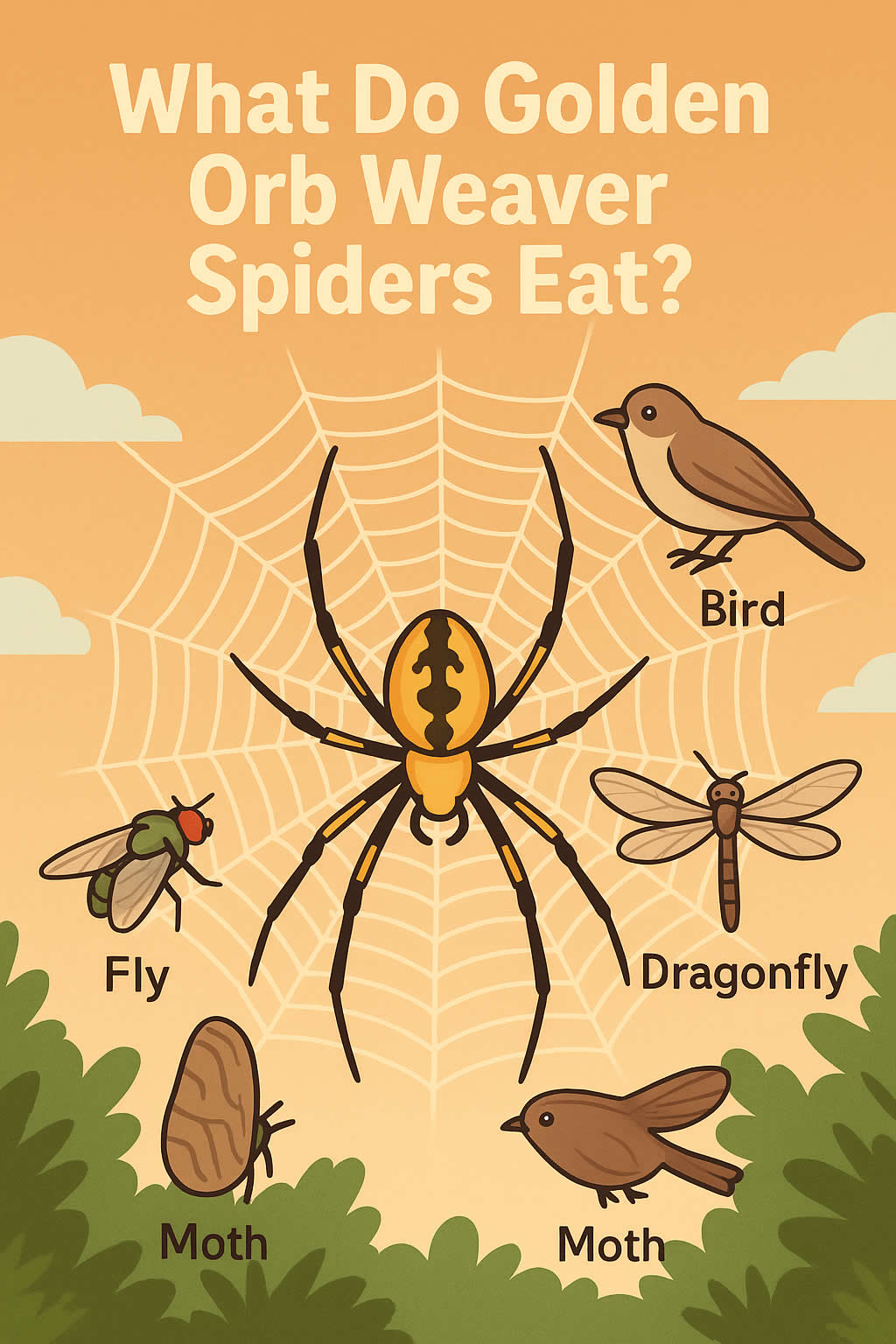Related Queries
ToggleIt’s a question that pops up often: “I spotted some tiny specks moving in my dog’s fur — are those baby fleas?” Many people imagine baby fleas as miniature versions of the adult pests that jump around biting pets and people. But the truth is quite different. Baby fleas don’t look like fleas at all.
In fact, what most people call “baby fleas” are actually flea larvae, and they resemble tiny worms rather than the jumping insects you might expect. Understanding what they look like — and where they hide — is a crucial step in breaking the flea life cycle and getting rid of flea infestations for good.
The Flea Life Cycle Explained
To get to grips with baby fleas, it helps to first understand the flea life cycle. Fleas go through four main stages:
- Egg – Flea eggs are laid on pets but often fall off into carpets, bedding, and cracks in flooring. They’re small, white, and oval, resembling grains of salt.
- Larva – This is the so-called “baby flea” stage. They hatch from eggs and spend time hidden away feeding on organic debris.
- Pupa – The larva spins a cocoon and develops into its adult form inside. Pupae can survive for weeks or even months, waiting for the right conditions to emerge.
- Adult – Fully grown fleas jump onto pets or humans to feed on blood and begin the cycle again.
Many treatments target adult fleas only, which is why infestations can seem impossible to beat. Unless you deal with larvae and pupae as well, new adults will continue to emerge.
What Baby Fleas (Larvae) Actually Look Like
Flea larvae look nothing like adults. Instead of having legs or the ability to jump, they resemble small, pale worms.
- Size – Around 2–5 mm in length when fully developed.
- Colour – White or translucent at first, sometimes appearing slightly darker as they ingest organic matter.
- Shape – Elongated and worm-like, with no legs.
- Behaviour – They are blind, avoid light, and wriggle into dark, hidden spaces.
- Diet – Flea larvae feed on organic debris, including shed skin, crumbs, and especially “flea dirt” (the dried blood excreted by adult fleas).
Because of their tiny size and preference for darkness, they’re easy to miss unless you know what you’re looking for.
Where to Find Flea Larvae
Baby fleas rarely stay on your pet. Instead, they drop into the environment and develop out of sight. Common hiding places include:
- Deep within carpets and rugs where fibres protect them from light.
- Pet bedding, especially seams and folds where dirt collects.
- Cracks and crevices in flooring or skirting boards.
- Under furniture and along baseboards where dust gathers.
One tell-tale sign of flea larvae nearby is the presence of “salt and pepper” specks — white grains (flea eggs) mixed with black specks (flea dirt).
Why Adult Flea Treatments Aren’t Enough
Many pet owners become frustrated when flea treatments seem to fail. The reason is often that products focus on adult fleas only. Killing the adults on your pet doesn’t stop eggs hatching in your carpet or larvae developing in bedding.
That’s why infestations keep coming back: as soon as one group of adults dies, another wave emerges from the environment. Breaking the flea life cycle means targeting every stage, not just the ones you can see.
How to Eliminate Flea Larvae at Home
The good news is that there are effective ways to get rid of flea larvae and stop infestations from taking hold.
Vacuum Regularly
- Use a vacuum with strong suction and a rotating brush head.
- Focus on carpets, rugs, pet bedding areas, and cracks along baseboards.
- Dispose of the vacuum bag or empty the canister outside straight away.
Wash Bedding in Hot Water
- Wash all pet bedding weekly at 60°C or above.
- Don’t forget to wash throws, blankets, or cushions where pets sleep.
Use Insect Growth Regulators (IGRs)
- IGRs prevent larvae from developing into adults.
- Look for sprays that contain IGRs and apply them to carpets and hidden areas.
- Always follow safety instructions carefully.
Keep Pets Treated Year-Round
- Regular flea treatments for pets reduce the number of eggs being laid.
- Consult a vet for the most effective options.
Consider Professional Help
If the problem persists or is severe, professional pest control can provide stronger solutions that target all stages of the flea life cycle.
Safety Precautions
- Avoid overusing chemical sprays around pets or children.
- Always read and follow product labels.
- Wear gloves when handling heavily infested bedding or cleaning areas.
Frequently Asked Questions
Do baby fleas bite?
No. Flea larvae do not bite. Only adult fleas feed on blood.
Larvae can survive for several weeks before pupating, depending on temperature and humidity.
Can I see flea larvae with the naked eye?
Yes, but they are tiny and often hidden in dark places, so spotting them can be difficult.
What do flea eggs look like?
They are tiny, white, oval-shaped, and resemble grains of salt.
Why do fleas keep coming back even after treatment?
Because larvae and pupae are often missed. Unless you treat the environment as well as your pet, new adults will continue to emerge.
Our Final Say!
So, what do baby fleas look like? Not like fleas at all. They are small, worm-like larvae that wriggle away from light and feed on debris in carpets, bedding, and cracks. Recognising this is the key to tackling flea infestations properly.
By understanding the flea life cycle and using a combination of cleaning, washing, and appropriate treatments, you can break the cycle and keep your home flea-free.
Get in Touch with a Pest Control Expert Today!
At How To Pest Control, we share practical, do-it-yourself advice to help you handle pests at home. If your flea problem feels overwhelming, we can also point you towards trusted local pest control experts who have the right tools and experience to help.
Explore more of our guides for effective flea control, and take the first step towards a pest-free home today
Pest Control Shortstown – Pest Control Hills End – Pest Control Bedford
